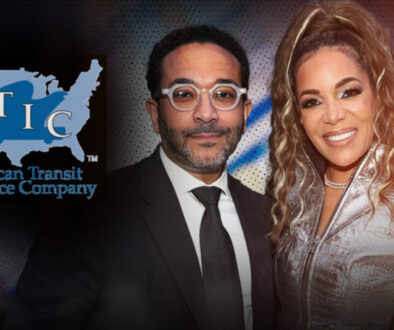Spiraling insurance costs spur homeowners to seek a la carte coverage
Due to spiraling – and in some cases unaffordable – costs of insuring one’s dwelling, more and more people are opting for insurance coverage for what they might truly need – say, fire and flood – and are willing to take the risks for any other calamity that might befall them, essentially seeking “a la carte” insurance coverage.
When Benjamin Franklin sold the first homeowners insurance policy in 1752, it simply covered one thing: fire. Since then, millions of homeowners policies are sold each year larded up with all sorts of features covering everything from fire, water, and wind damage to leaky pipes, theft, vandalism, medical costs, dog bites, contents, rebuilding, cyber crimes, lawsuits, and more.
“People are saying ‘hmm, is there a way that I can jettison all those other coverages to make my policy more affordable,’” says Robb Lanham, chief sales officer for HUB Private Client Insurance, one of the nation’s largest insurance brokerages. “So suddenly, the industry is seeing an explosion of coverages being written in the non-admitted world.”
Most major carriers are “admitted” insurers, meaning they are licensed and regulated by state authorities and cannot willy-nilly make changes or offer unique options without state approval. Moreover, most mortgage companies and banks require homeowners to purchase comprehensive coverage.
Flexibility for non-admitted carriers
Non-admitted carriers, such as Lexington Insurance Co., Nationwide Mutual Insurance Co., and Chubb LTD, are not subject to the vagaries of state regulation and can be more flexible in what they offer homeowners, even to the point of “a la carte” options.
“We say, can we build a policy that’s acceptable to the mortgage company, that allows the transfer of some risk to the homeowner in order to lower premium costs?” Lanham said. “It’s happening.”
What used to be a perk for high-net-worth customers is now becoming more common, Lanham said. He offered a case of a customer with a $1 million home whose annual premium rose from $12,000 to $72,000 because the mortgage company wanted to be covered for every possible calamity. Lanham steered him to a la carte options.
Climate change, other factors spur costs
This flexibility in designing coverage may also be crucial for carriers in order to stay profitable and maintain their customers, Lanham said. Due to confluence of factors like climate change, regulation, inflation, and litigation, the very nature of insurance policies is becoming unsustainable, and may eventually collapse on themselves he said.
“It’s commonplace for homes to undergo complete rebuilding and replacement of all contents in the event of damage,” he said. “This puts a significant strain on carriers, driving up costs to cover things that homeowners may not even need.”
Other analysts agreed that a shift may be underway to customize homeowners’ policy and shift some risks to the policyholders.
“It’s happened to a certain extent in the migration of business to the E&S (excess & surplus) lines,” said Tim Zawacki, principal research analyst at S&P Global Market Intelligence. “And you do see a lot of movement in things like deductibles. Traditionally homeowners is a low deductible product and you may see 1% deductibles become a standard feature as customers look for lower rates.”
Self-insuring comes with risk
But taking on the risks, or self-insuring, comes with its own set of risks.
“Most people have no idea what they’re getting into if they decide to self-insure the
whole risk,” said Lanham. “And good luck trying to get a contractor to come and help you if you have a loss because contractors love to work with insurance companies because they know they’ll get paid.”
So total self insurance should probably not be an option but accepting some risk while insuring others may be and may be part of a solution in areas of the country where home insurance is becoming so expensive. So beyond a la carte insurance coverage, some are opting to go without any coverage.
“You buy the best policy for you for your individual needs and self-insure the rest,” Lanham said. “People will find that is a lower cost option.”
Lanham warns though that such policies must be carefully documented, even the conversations with agents should be memorialized.
“We see cases where a homeowner files a claim for wind damage and has to be reminded, they didn’t select that coverage,” he said. “They forget everything they’re covered for.”
Of course, that’s good advice for any insurance policy as insurers typically include many exceptions that limit coverage that consumers thought they paid for.
“People will go for the longest time without replacing an old roof hoping for a storm or hail that will damage it, thinking they’ll then get a new roof for free,” he said. “But the insurance company comes along and says ‘no, you’re only covered for a roof that’s 12 years-old, not a brand-new roof in the current market.”
Doug Bailey is a journalist and freelance writer who lives outside of Boston. He can be reached at doug.bailey@innfeedback.com.
© Entire contents copyright 2024 by InsuranceNewsNet.com Inc. All rights reserved. No part of this article may be reprinted without the expressed written consent from InsuranceNewsNet.com.
The post Spiraling insurance costs spur homeowners to seek a la carte coverage appeared first on Insurance News | InsuranceNewsNet.




